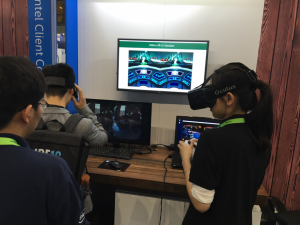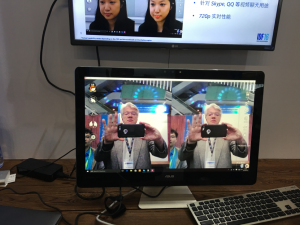In the coming months, we’ll continue to add more devices and helpful features to the XPRT Weekly Tech Spotlight. We’re especially interested in adding data points and visual aids that make it easier to quickly understand the context of each device’s test scores. For instance, those of us who are familiar with WebXPRT 3 scores know that an overall score of 250 is pretty high, but site visitors who are unfamiliar with WebXPRT probably won’t know how that score compares to scores for other devices.
We designed Spotlight to be a source of objective data, in contrast to sites that provide subjective ratings for devices. As we pursue our goal of helping users make sense of scores, we want to maintain this objectivity and avoid presenting information in ways that could be misleading.
Introducing comparison aids to the site is forcing us to make some tricky decisions. Because we value input from XPRT community members, we’d love to hear your thoughts on one of the questions we’re facing: How should our default view present a device’s score?
We see three options:
1) Present the device’s score in relation to the overall high and low scores for that benchmark across all devices.
2) Present the device’s score in relation to the overall high and low scores for that benchmark across the broad category of devices to which that device belongs (e.g., phones).
3) Present the device’s score in relation to the overall high and low scores for that benchmark across a narrower sub-category of devices to which that device belongs (e.g., high-end flagship phones).
To think this through, consider WebXPRT, which runs on desktops, laptops, phones, tablets, and other devices. Typically, the WebXPRT scores for phones and tablets are lower than scores for desktop and laptop systems. The first approach helps to show just how fast high-end desktops and laptops handle the WebXPRT workloads, but it could make a phone or tablet look slow, even if its score was good for its category. The second approach would prevent unfair default comparisons between different device types but would still present comparisons between devices that are not true competitors (e.g., flagship phones vs. budget phones). The third approach is the most careful, but would introduce an element of subjectivity because determining the sub-category in which a device belongs is not always clear cut.
Do you have thoughts on this subject, or recommendations for Spotlight in general? If so, Let us know.
Justin














